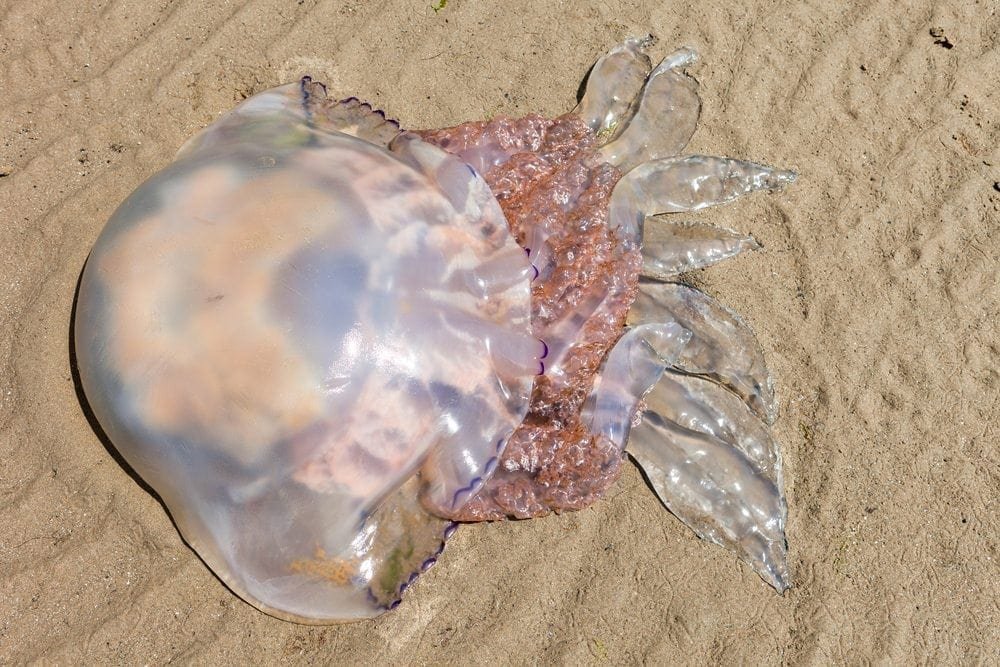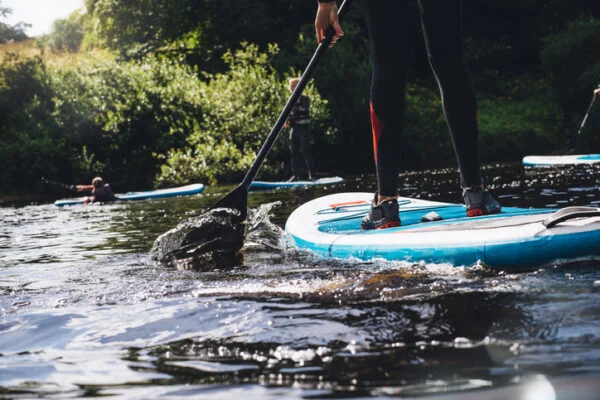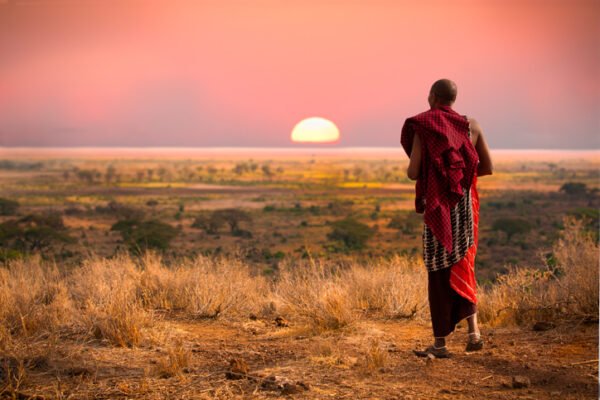Flooding
The flooding and destruction caused by storm Desmond at the beginning of December, particularly in Cumbria and the North East, showed the intensity of extreme weather events that are likely to increase in frequency thanks to climate change.
Experts at the National Trust say that not enough is yet know about the impact of storms like this on life in rivers and on flooded land.
‘While things were less remarkable for our wildlife on land this year, we need to ask what’s happening to our wasps. Many might welcome their dwindling numbers, but the ecological world is a delicate one and with our two species of common wasps incredibly scarce in many districts for the second consecutive year, we have to ask what impact this is having.
‘What’s clear is that our native wildlife has enough problems coping with the stresses of our ever changing climate without also having to cope with habitat loss as a result of our increasing demands on the environment.’
Matthew Oates, nature and wildlife specialist
2015: a good year for…
Barn owls
Barn owl populations around the National Trust’s Malham Tarn and in Upper Wharfedale in the Yorkshire Dales flourished as a result of improved conditions through a reduction in grazing pressure and the planting up of areas of young woodland, leading to good numbers of their favoured prey, the field vole.
Jellyfish
This summer there were huge swarms of barrel jellyfish, particularly around the south west of England and Wales. As sea temperatures rise with climate change and plankton blooms become bigger and last longer, we’ll likely see more jellyfish even further north.
Little terns
Little terns had their most productive year on Blakeney Point since 2011. A second nesting site on the Point – which is better protected from the ever-increasing risk of flooding – only attracted two pairs of nesting birds last year. To attract more, a decoy was established by National Trust rangers which attracted 11 pairs this year.
2015 was another record-breaking year for breeding guillemots on the Farne Islands, and the long-tailed blue butterfly, an extremely rare migrant, returned to the south east to breed once again on the White Cliffs of Dover.
2015: a bad year for…
Puffins
Puffins, which this autumn were placed on the Red list of Birds of Conservation Concern, had a poor breeding season on the Farne Islands when their burrows were flooded.
Frogs and toads
Frogs and toads in the south of England faced a difficult year as many pools dried up over the spring. BBC Springwatch fans noticed their absence with many finding that frogs in their garden failed to breed. At Formby in Merseyside, Natterjack toads had a particularly difficult time – but the May rains arrived just in time.
Arctic terns
On the Farne Islands there were 600 less breeding pairs of Arctic terns this year due to poor food supplies and stormy weather. Arctic terns are on the Amber list of Birds of Conservation Concern.
Sandwich terns
Also on the Amber list are Sandwich terns, which had a bad year at Blakeney Point. The birds, already struggling due to a shortage of sand eels, were affected further by stormy weather in late June. However, more nested successfully at Scolt Head Island as they laid their eggs earlier.
It was a disappointing autumn to see fungi due to a dry autumn after a cool, wet summer. There is also a continuing concern for our ladybirds; several BBC Springwatch Facebook fans said they hadn’t seen any at all this year.
Click here to find out more about the National Trust’s weather and wildlife review.
 Play Video about This Rock Might Just Save The World
Play Video about This Rock Might Just Save The World Play Video about Play 2 hours of rock
Play Video about Play 2 hours of rock Play Video about Play 2 hours of brook
Play Video about Play 2 hours of brook Play Video about Play 2 hours of sheep
Play Video about Play 2 hours of sheep











































